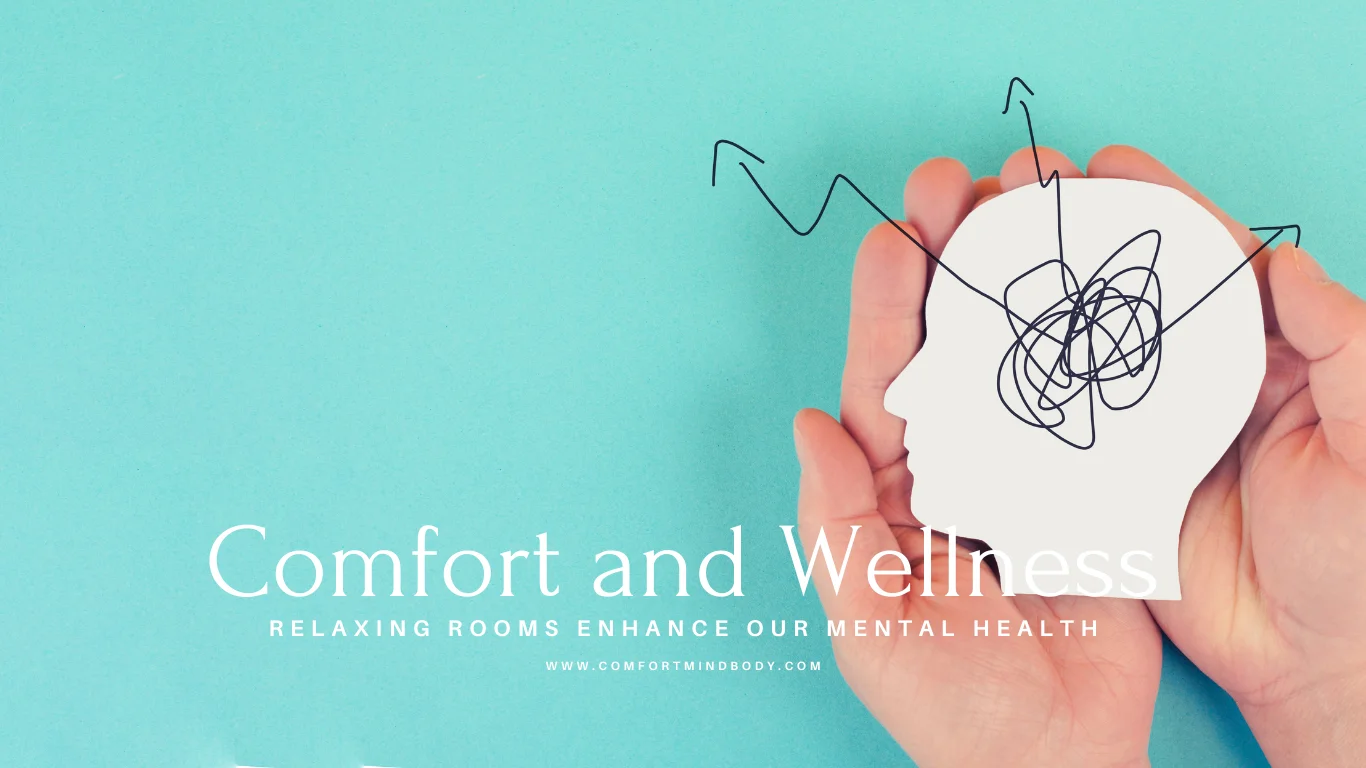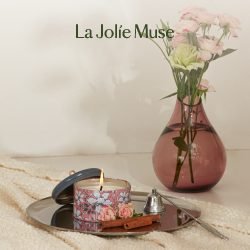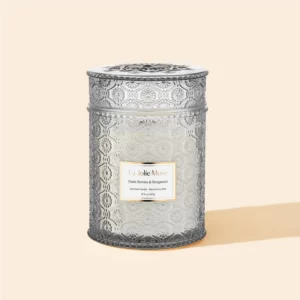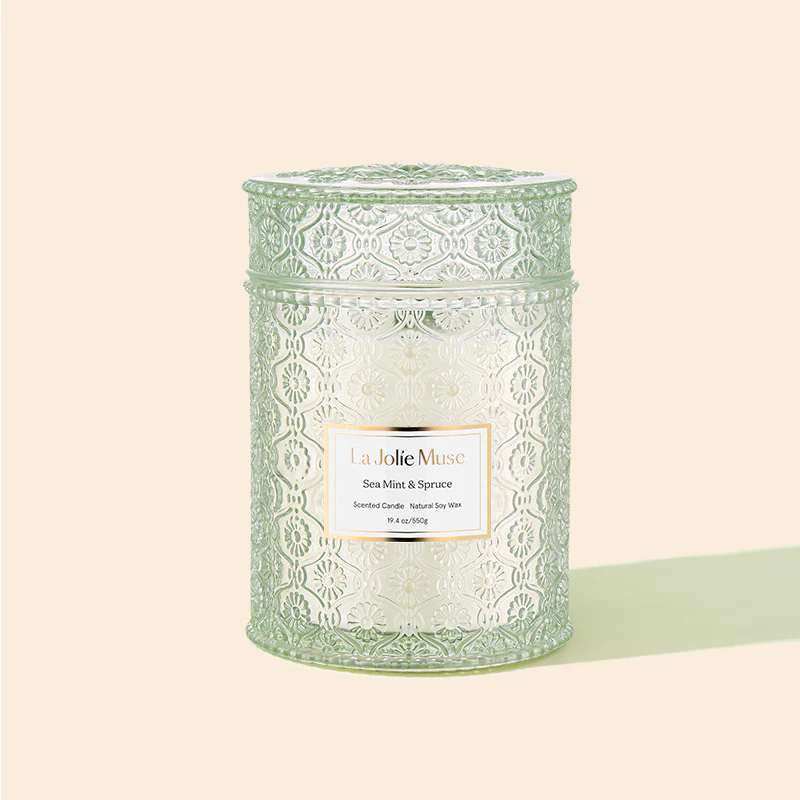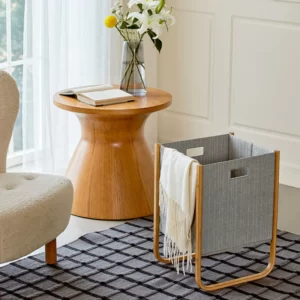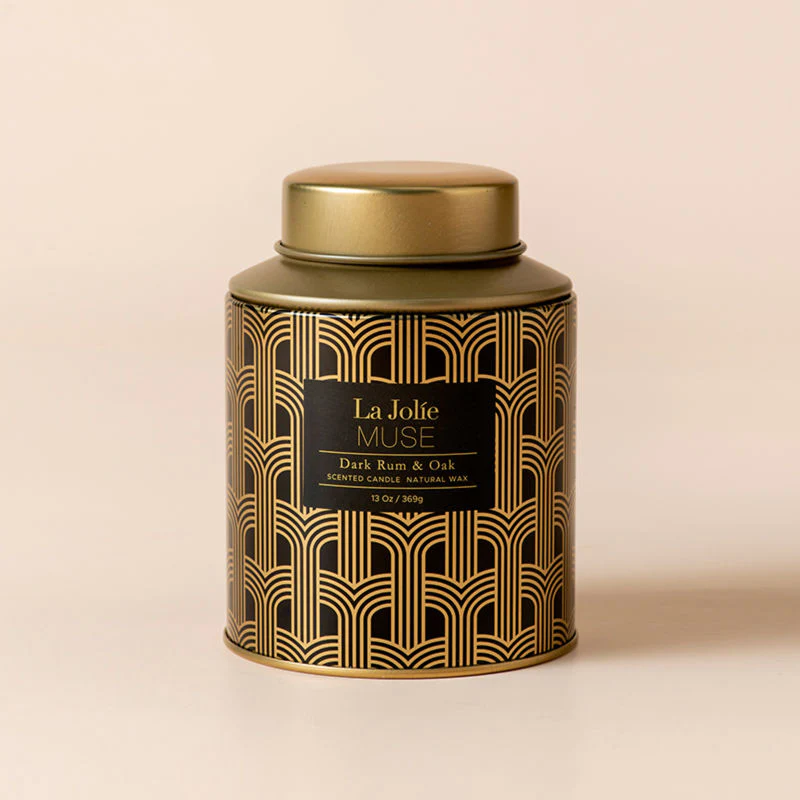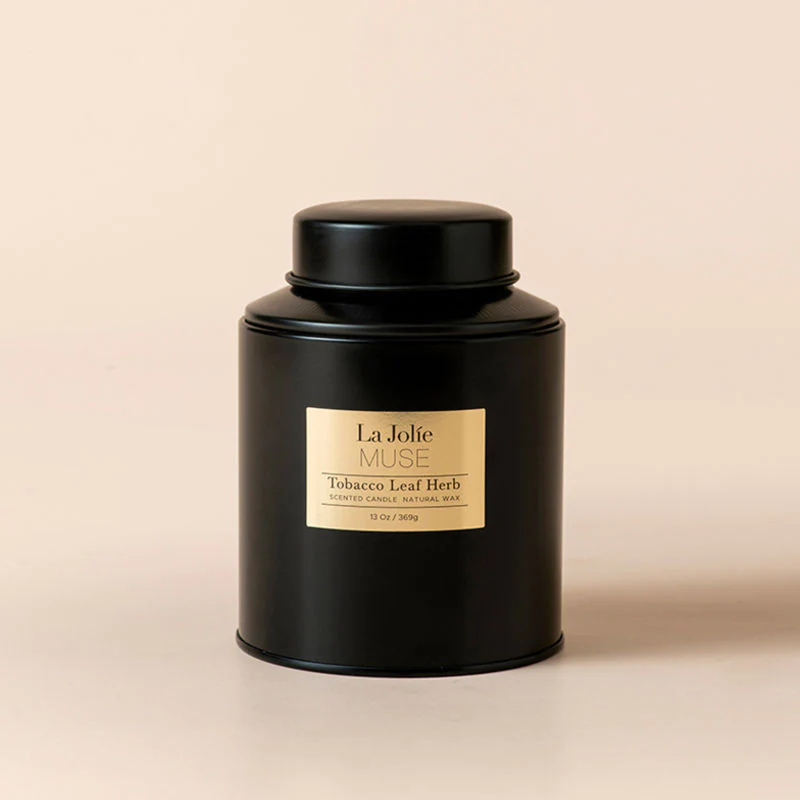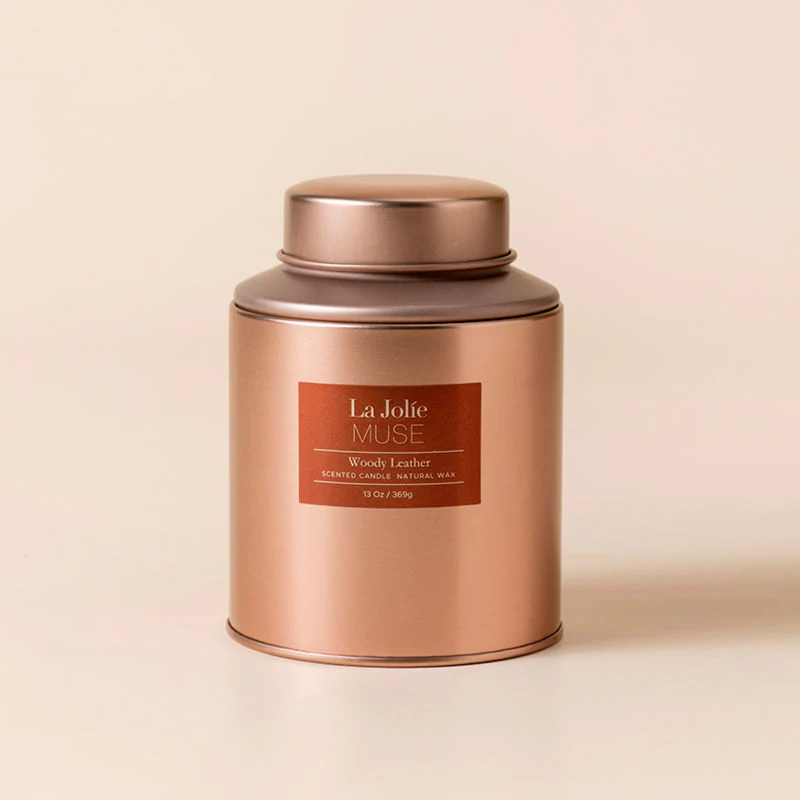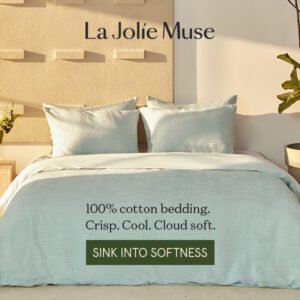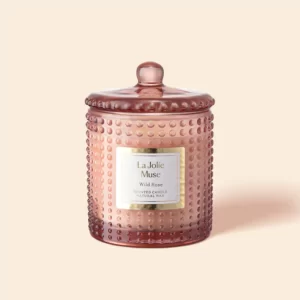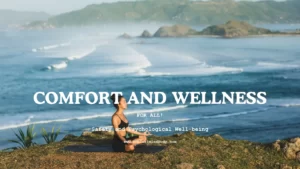Relaxing Rooms Enhance Our Mental Health. When we think about our homes, we often consider them as more than just physical structures. They are our sanctuaries, the places where we feel most at ease and secure. More than just a roof over our heads, our homes provide a sense of comfort and relaxation. This feeling of relaxation is not just a matter of perception. It’s a science, a fascinating field known as comfort decorating.
Comfort decorating is the practice of designing your living spaces in ways that promote rest, relaxation, and mental well-being. It’s about creating relaxing rooms that are a joy to be in, that make you feel calm and at peace. It’s about using colors, textures, and patterns that soothe and delight the senses. It’s about understanding the profound impact your surroundings can have on your mental health and well-being.
The science of comfort decorating is an exciting and rapidly growing field. As more people become aware of the importance of mental health, they are seeking ways to incorporate principles of comfort decorating into their homes. The result is a new wave of home decor trends that prioritize comfort and relaxation above all else.
The Connection between Relaxing Rooms and Mental Health
Relaxing Rooms Enhance Our Mental Health
The relationship between our environment and our mental health is a topic of growing interest in the fields of psychology and interior design. Research has shown that the design of our homes can significantly affect our mood, stress levels, and overall mental health. This connection is particularly evident when it comes to relaxing rooms.
While relaxing rooms are spaces in our homes designed with comfort and relaxation in mind. They are the places we retreat to when we need to unwind, de-stress, and recharge. Relaxing rooms can be anything from a cozy reading nook to a tranquil home office, a serene bedroom to a peaceful outdoor patio. The key is that these spaces are designed to promote relaxation and mental well-being.
The connection between relaxing rooms and mental health is both intuitive and supported by scientific research. Studies have shown that spending time in relaxing rooms can lower stress levels, improve mood, enhance cognitive function, and even boost immunity. It’s clear that the way we design our homes can have a significant impact on our mental health.
Exploring Comfort Aesthetic: What is it?
The term “comfort aesthetic” might be new to you, but the concept it represents is likely very familiar. A comfort aesthetic is a design philosophy that prioritizes comfort, relaxation, and well-being. It’s about creating spaces that not only look good but also feel good to be in.
A comfort aesthetic can be achieved through various design elements. Soft textures, calming colors, and natural materials are all key components of a comfort aesthetic. So too are elements of biophilic design, such as incorporating plants and natural light. A comfort aesthetic is also about creating spaces that are personal and meaningful, filled with objects and decor that bring joy and evoke positive memories.
In essence, a comfort aesthetic is about creating a home that feels like a sanctuary. It’s about designing spaces that promote relaxation, rejuvenation, and mental well-being. It’s not just about how a room looks, but how it makes you feel.
The Power of Relaxing Room Ideas in Enhancing Mental Health
Relaxing Rooms Enhance Our Mental Health
First, Relaxing room ideas are more than just interior design trends. They are powerful tools for enhancing mental health and promoting well-being. By creating relaxing rooms in our homes, we can cultivate spaces that soothe the mind, relax the body, and nourish the soul.
The power of relaxing room ideas lies in their ability to transform our daily experiences. When our homes are filled with relaxing rooms, we have places to retreat to when we need to de-stress and unwind. We have spaces that promote relaxation and enhance our mental well-being. We have sanctuaries where we can escape the stresses of the world and find peace and tranquility.
Therefore, Relaxing room ideas are not one-size-fits-all. They can be tailored to suit our individual needs, preferences, and lifestyles. Whether it’s creating a serene home office for focused work, a cozy reading nook for quiet reflection, or a peaceful bedroom for restful sleep, relaxing room ideas can be adapted to create the perfect relaxing room for you
Calm Room Ideas to Foster Relaxation
Relaxing Rooms Enhance Our Mental Health
When it comes to creating relaxing rooms, calm room ideas are essential. These are design concepts that promote a sense of calm and tranquility, helping us to unwind and de-stress.
One popular calm room idea is to use a calming color palette. Soft, neutral colors such as whites, creams, and pastels can create a soothing atmosphere. Natural materials like wood and stone can also promote a sense of calm.
Another effective calm room idea is to incorporate elements of nature. Plants, flowers, and natural light can all enhance a sense of calm and relaxation. Even simple additions like a fish tank or a small indoor water fountain can have a calming effect.
Finally, consider the layout and organization of your room. A clutter-free space can help to promote a sense of calm and relaxation. Ensure there are plenty of comfortable seating options and create a focal point in the room, such as a fireplace or a beautiful piece of art.
The Influence of Sanctuary Home Decor on Well-being
Relaxing Rooms Enhance Our Mental Health
The concept of home as a sanctuary is at the heart of comfort decorating. Sanctuary home decor is about creating spaces that provide a sense of refuge and relaxation. It’s about designing homes that not only look good but also promote well-being.
The influence of sanctuary home decor on well-being is significant. When our homes feel like sanctuaries, we are more likely to feel relaxed, content, and at peace. We are more likely to enjoy spending time at home and to find it a source of comfort and joy.
Sanctuary home decor can take many forms. It can be a cozy reading nook filled with soft pillows and natural light. It can be a tranquil home office with a desk made of natural wood and a calming color palette. It can be a peaceful outdoor patio with comfortable seating and lush greenery. The key is to create spaces that feel personal, meaningful, and relaxing.
The Role of Comfortspot Furniture in Creating Relaxing Living Rooms
Relaxing Rooms Enhance Our Mental Health
When it comes to creating relaxing living rooms, Comfortspot furniture plays a crucial role. Comfortspot is a brand known for its comfortable and stylish furniture. Their pieces are designed to promote relaxation and enhance well-being, making them a perfect choice for any relaxing living room.
Comfortspot furniture is designed with comfort in mind. Their sofas, chairs, and other pieces are made with soft, plush materials that invite you to sit down and relax. They also offer a range of styles, from modern to traditional, so you can find pieces that match your personal aesthetic.
But Comfortspot furniture is not just about comfort. It’s also about creating a sense of harmony and balance in your living room. Their pieces are designed to work together, creating a cohesive look that promotes a sense of peace and tranquility. Whether you’re looking for a comfortable sofa for lounging or a stylish coffee table for displaying your favorite books, Comfortspot furniture can help you create a relaxing living room that enhances your mental well-being.
Understanding Your Decorating Aesthetic
Relaxing Rooms Enhance Our Mental Health
Understanding your decorating aesthetic is an essential part of comfort decorating. It’s about identifying the styles, colors, and designs that resonate with you and make you feel at ease.
Your decorating aesthetic might be modern and minimalist, with clean lines and neutral colors. Or it might be traditional and cozy, with rich textures and warm hues. It might be inspired by nature, with lots of plants and natural materials. Or it might be eclectic, with a mix of styles and influences.
Whatever your decorating aesthetic, it’s important to embrace it and incorporate it into your home decor. Your home should be a reflection of you, a place where you feel comfortable and at ease. By understanding your decorating aesthetic, you can create a home that truly feels like your own.
Bedrooms of Comfort: Ideas and Inspiration
Relaxing Rooms Enhance Our Mental Health
The bedroom is arguably the most important room when it comes to comfort decorating. It’s the place where we start and end our days, a space that should promote relaxation and tranquility. Fortunately, there are plenty of ways to create bedrooms of comfort that enhance our mental health.
One idea for a bedroom of comfort is to use a calming color palette. Soft, neutral colors can create a soothing atmosphere that promotes restful sleep. Another idea is to incorporate soft, plush textures. Think fluffy pillows, cozy blankets, and plush rugs.
Lighting is also essential in creating a bedroom of comfort. Opt for soft, warm lighting that creates a cozy and inviting atmosphere. And don’t forget about personal touches. Fill your bedroom with items that bring you joy, whether it’s a favorite piece of art, a cherished family photo, or a collection of beloved books.
Comfort Decorating and its Impact on Mental Health: Insights from Krystine Batcho
Relaxing Rooms Enhance Our Mental Health
Krystine Batcho, a renowned psychologist and expert on nostalgia, has offered insightful perspectives on the impact of comfort decorating on mental health. According to Batcho, our homes can serve as a source of comfort by evoking positive memories and emotions.
Batcho suggests that incorporating items with sentimental value into our home decor can enhance our sense of well-being. This could be a cherished family heirloom, a souvenir from a memorable trip, or a piece of art that resonates with us. By surrounding ourselves with these meaningful items, we can create a sense of comfort and nostalgia that enhances our mental health.
Lastly, Batcho’s insights highlight the profound impact our homes can have on our mental health. It’s clear that comfort decorating is not just about creating beautiful spaces. It’s about creating spaces that enhance our well-being and contribute to our mental health.
Making Your Home Your Sanctuary
Relaxing Rooms Enhance Our Mental Health
In conclusion, the science of comfort decorating offers a new perspective on how we can enhance our mental health through the design of our homes. By creating relaxing rooms, embracing a comfort aesthetic, and incorporating calming room ideas, we can transform our homes into sanctuaries of relaxation and well-being.
Whether it’s through the use of Comfortspot furniture, the incorporation of sanctuary home decor, or the understanding of our personal decorating aesthetic, each of us has the power to create a home that enhances our mental health. And as we’ve seen from the insights of Krystine Batcho, comfort decorating can also serve as a powerful tool for evoking positive memories and emotions.
So why not get started today? Start exploring the science of comfort decorating and discover the joy and tranquility of a home that truly feels like a sanctuary. Your mind and body will thank you.
Affiliate Disclosure:
The links contained in this product review may result in a small commission. This goes towards supporting our research and editorial team and please know we only recommend high-quality products.
Note: This article is for informational purposes only and is not intended to diagnose, treat, or cure any disease. Always consult a healthcare professional before taking any supplement or making any changes to your diet or lifestyle.
